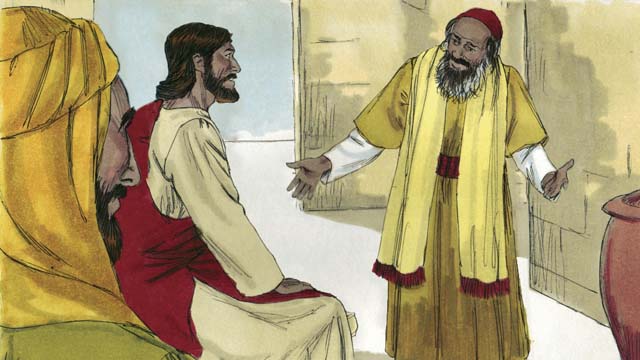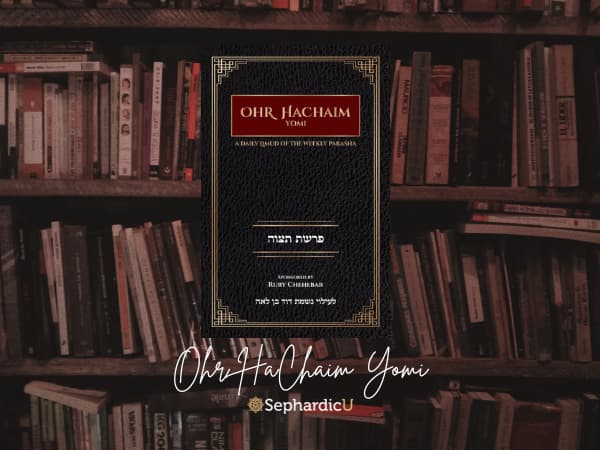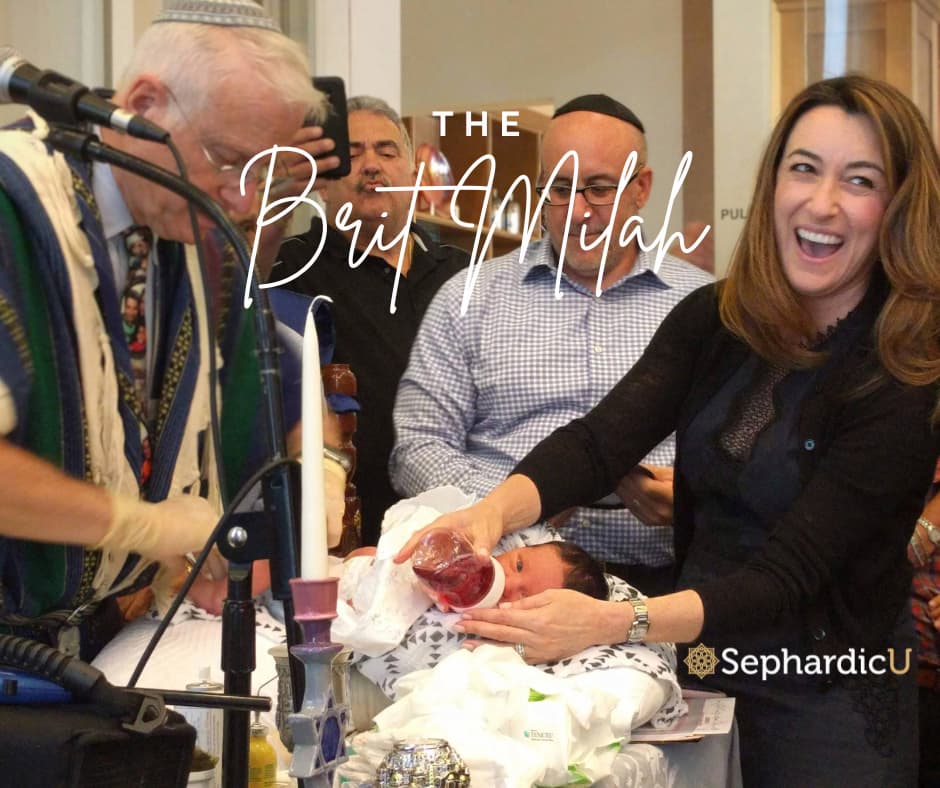The Genius Marksman
The Maggid of Dubnow, Rabbi Yaakov Kranz (1751-1804), was famous for his ability to explain complicated concepts through parables and even more so for his talent to create them, seemingly, on the spot. He was once asked how can he answer a question he never heard before with a parable, as if he had it already in his arsenal. The Maggid smiled and answered (yes, you guessed right): “let me answer the question with a parable.”
There was once a nobleman who prided himself for his marksmanship. He would travel the country riding his horse with his servants, searching for a worthy opponent, and soon there was none who could match his skill. One day, as he rode through a small village, he noticed targets painted everywhere, on walls and tree trunks, all bearing marks of arrows in the dead center of the target. The nobleman was excited by the thought of facing a formidable marksman, and ordered his servants to find him. When they reappeared with a ragged child, he was dumbfounded. “How did you manage to achieve such perfect results?” he asked, and the boy answered: “It’s very simple. First I shoot the arrow, and then draw the target around it!”
The Maggid’s intention was to say that he has a ready stock of stories and anecdotes to which he refers when asked a question, but I find this parable very inspiring as a tool of interpretation. It opens a window into the process of commentary and Halakhic decisions. When we look at the biblical text or later text from our cast Judaic library, we are allowed to first shoot the arrow, define what is the goal we want to achieve, and then draw the target around it by using text and interpretation.
This approach is not new, and it has been applied by great scholars throughout the ages, Biblical, Rabbinical, and Midrashic texts were used to prove Zionism and Anti-Zionism, the importance of work and that of learning all day and not working, the acceptance and rejection of certain factions of the community and so on. We can call it agenda-driven, programmatic, or manipulative, but in many cases it happens subconsciously. The commentator or posek reads the text through his lenses, thinking of contemporary problems and in contemporary language, and the result is the multi-faceted fabric of Jewish life.
These words are relevant to my writings in the last two weeks, which included discussions of religious labels, Tikkun Olam, the importance of uniqueness and diversity, and the article for Shabbat Emor, which argued that Cohanim with physical disabilities were barred from working in the Temple as a measure of protection for children, who otherwise might have been maimed by their parents.
I was asked if this is not pushing the interpretation too much. Why can’t we say, for example, that when the Torah was given physical perfection was the ideal, and therefore only physically wholesome Cohnaim would have been able to work in the Temple. The people who raised this objection admitted that our society is more attuned to differences and challenges but did not think that the Torah was concerned with protecting people with disabilities with the particular laws of the cohanim.
This is where the parable comes in. I confess that I first shot the arrow. I am deeply disturbed by the stratification and fragmentation of our society, and though these are evident in Jewish and non-Jewish alike, I want to stat the Tikkun, the mending, from within. Jewish society has difficulties excepting otherness, whether it is displayed by levels of observance, ethnicity, Jewish origin, gender, and physical appearance, and it is incumbent upon us to promulgate the teachings of understanding and acceptance in any way possible. I am willing to push the envelope in searching for an agenda of social justice, acceptance, doing good for the sake of goodness, sensitivity, business ethics, warmth, and compassion, because they are sorely needed. It is important for me that observant people will see these values as anchored in and stemming from Judaic studies because that perspective will invest them with a greater sense of commitment and responsibility.
If we are willing to think that modern society is tolerant and accepting, but the Torah was not, we will be forced to live a dichotomous life, in a constant cognitive dissonance, while if we weave these values into the fabric of Torah we elevate both and achieve harmony and a sense of purpose.
[i] מחקרי ירושלים בספרות עברית, כא, אסופת מחקרים לזכר מנחם זולאי, עמ’ 5-6








Ohr HaChaim Yomi – Emor